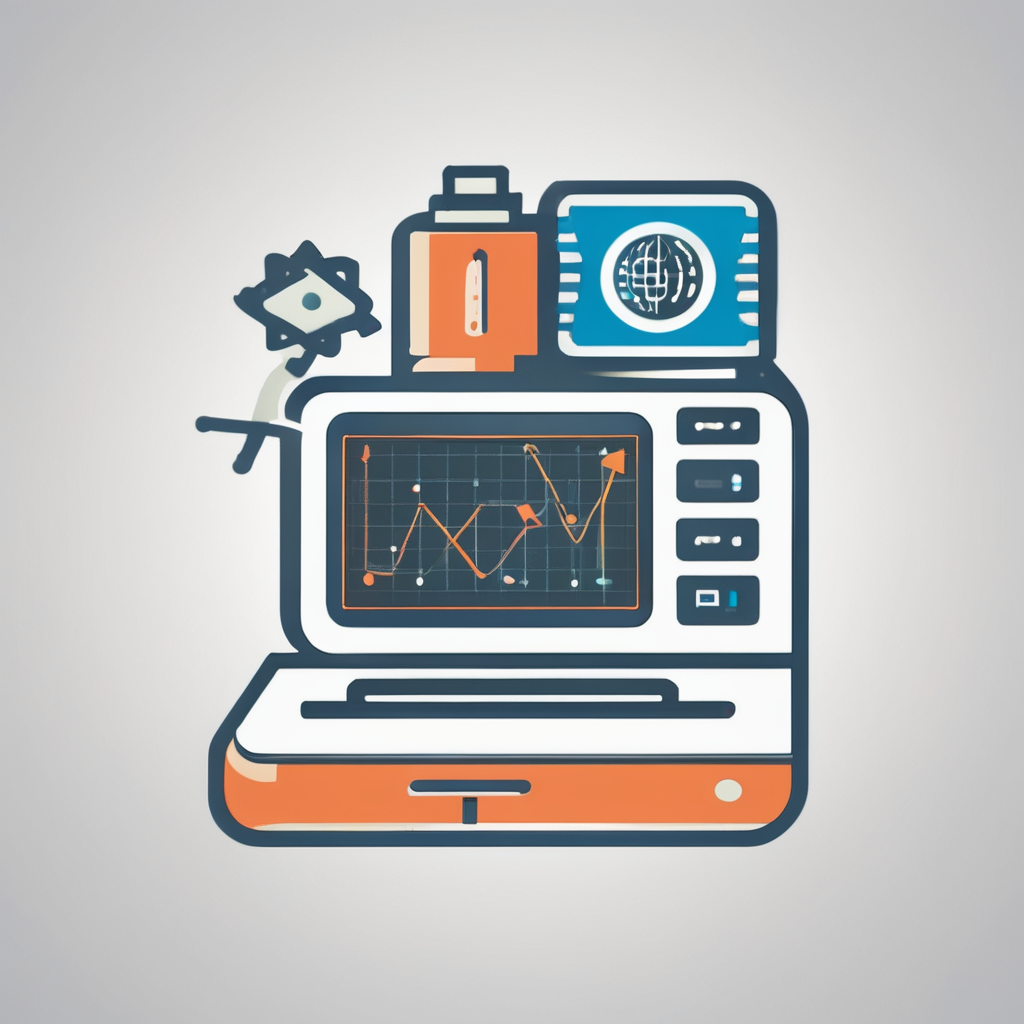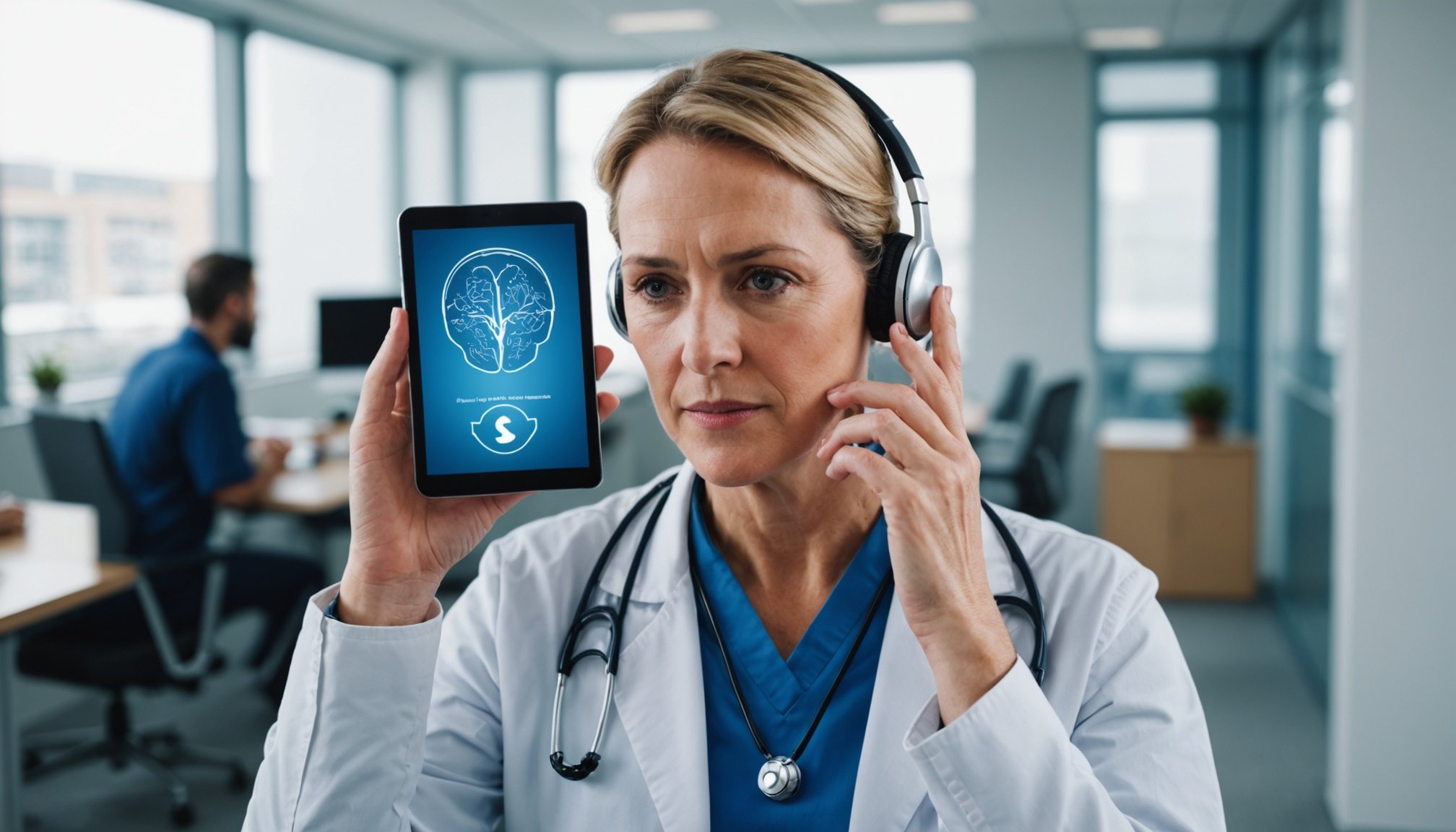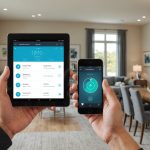Overview of Voice Recognition Technology in Healthcare
Voice recognition technology has become a pivotal tool in the healthcare sector, particularly within UK healthcare systems. At its core, it allows for the conversion of spoken language into text, facilitating seamless communication and documentation processes. This technology is significantly improving various healthcare applications, offering benefits such as enhanced patient interaction, streamlined administrative tasks, and increased accessibility for individuals with disabilities.
The significance of voice recognition technology lies in its ability to handle routine documentation tasks, reducing the workload on healthcare professionals and enabling them to focus more on patient care. In UK healthcare systems, its application ranges from transcribing medical notes to facilitating patient intake processes and even supporting real-time decision-making.
Currently, advancements in voice recognition technology are centered on improving accuracy and integration across different healthcare platforms. With the advent of artificial intelligence, these systems are becoming more robust, capable of understanding complex medical terminologies and accents, thus enhancing their reliability in a clinical setting.
In streamlining healthcare processes, voice recognition technology not only saves time but also reduces the likelihood of documentation errors, thereby contributing to better patient outcomes and more efficient healthcare delivery.
Also read : Create stunning instagram mockups with ease
Practical Strategies for Integration
Implementing voice recognition technology in healthcare requires careful planning and execution to ensure effective integration. Identifying key areas for implementation is crucial. Target specific tasks that can benefit from automated transcription, such as clinical documentation or patient record management. By focusing on these areas, facilities can maximize the technology’s potential, improving both efficiency and accuracy.
To achieve successful integration, collaboration with developers and vendors is essential. Engage with these stakeholders early to customise the software according to specific healthcare needs. Developing a collaborative partnership ensures that the technology aligns with your facility’s unique requirements, ultimately leading to smoother implementation.
Meanwhile, training healthcare personnel is paramount. Staff should be well-versed in the use of new systems to ease the transition. Offer comprehensive training sessions that cover the nuances of voice recognition technology, enabling staff to confidently utilise these tools. Provide continuous support and opportunities for feedback to adapt the system to users’ needs.
By prioritising these strategies, healthcare facilities can harness the power of voice recognition technology, enhancing overall efficiency and improving patient care outcomes.
Case Studies in UK Healthcare
Exploring notable case studies of voice recognition in UK healthcare reveals impactful examples of achieving successful integrations.
Case Study 1: Improving Patient Interactions
One notable example of improving patient interactions comes from a healthcare organisation that integrated voice recognition technology into its daily operations. By implementing this solution, they streamlined patient data entry, allowing healthcare providers to spend more time engaging directly with patients. As a result, the organisation observed increased patient satisfaction and improved accuracy in patient records. Lessons learned highlighted the importance of ensuring that staff received thorough training on the new system to maximize its effectiveness.
Case Study 2: Enhancing Operational Efficiency
A specific implementation aiming at enhancing operational efficiency involved automating administrative tasks such as appointment scheduling and inventory management. By reducing the manual workload, healthcare staff could dedicate additional time to patient care activities. This not only led to higher patient satisfaction levels but also decreased staff burnout rates, showcasing the positive impact of technology on operational aspects.
Case Study 3: Regulatory Compliance Solutions
In addressing regulatory compliance, another healthcare entity successfully deployed voice recognition systems to ensure adherence to stringent healthcare regulations. The initiative focused on accurately capturing and storing patient information, minimizing compliance risks. Key outcomes included improved data integrity and confidence in meeting regulatory standards, establishing a model for future compliance-focused technology deployments.
Technological Considerations
Voice recognition systems revolutionise the way healthcare professionals interact with IT. Understanding essential technology requirements ensures efficient implementation. High-quality audio capture, advanced noise-cancellation, and robust processing power are fundamental to achieve accuracy in such tools. Without meeting these requirements, voice recognition can fail to deliver expected benefits.
To enhance efficiency, system interoperability must be guaranteed. Voice recognition technology should seamlessly integrate with existing healthcare IT systems, like electronic health records (EHRs). This ensures fluid data flow and a cohesive IT ecosystem. High interoperability reduces transcription errors, thus improving patient care and optimising workflow.
When it comes to selecting appropriate voice recognition tools and platforms, several criteria must be considered. Cost-effectiveness, scalability, ease of use, and support are critical factors. Moreover, security is paramount; systems need to comply with healthcare regulations to protect sensitive patient data. Prioritising these criteria aids in choosing suitable tools that align with organisational goals.
Engaging the right technology for voice recognition not only enhances operational efficiency but also transforms patient engagement. Implementing systems that excel in technology requirements and system interoperability leads to long-term improvements, ensuring a future-ready healthcare environment.
User Experience and Adoption
Understanding the importance of user-friendly interfaces and accessibility features is crucial when integrating technology into any field. These elements are especially significant in healthcare, where the adoption of new systems can directly impact patient outcomes. User experience is pivotal, as healthcare professionals require intuitive and straightforward systems to enhance their workflow without unnecessary complications. Accessibility features ensure that all users, regardless of their complete technical ability, can efficiently operate these systems.
To drive adoption among healthcare professionals, effective adoption strategies must be implemented. This includes involving healthcare staff early in the design process to understand their needs and gather valuable feedback. Encouraging participation through workshops and presentations can help demonstrate the benefits of the technology, ensuring a smoother transition.
Continuous training and support are indispensable components in boosting user confidence. Regular, comprehensive training sessions should be offered to acquaint users with new features and updates. Establishing a reliable support system to address concerns and complications quickly will also help maintain trust and satisfaction in using these technological solutions. Through strategic planning and careful consideration of user needs, technology in healthcare can be adopted successfully, benefiting both professionals and patients alike.
Challenges in Implementation
Navigating the implementation challenges of voice recognition technology in healthcare can be daunting. Common barriers often include issues related to accuracy, language understanding, and integration with existing systems. Ensuring the technology accurately transcribes complex medical terminology is paramount but can be difficult due to variations in speech, accents, and environmental noise. Additionally, integrating voice recognition into the existing healthcare IT infrastructure requires significant effort, demanding seamless compatibility with current systems like electronic health records.
Barriers often arise from the reluctance of healthcare professionals to adopt new technology, primarily when they are accustomed to established workflow processes. Compliance with data privacy regulations, such as GDPR, further adds a layer of complexity, necessitating robust security measures to protect patient information.
To overcome these barriers, embracing stakeholder feedback is crucial. Encouraging participation from healthcare professionals, IT specialists, and patients during the development and implementation phases can lead to more tailored and effective solutions. Developing tailored training programs for staff and ensuring ongoing support can alleviate apprehensions, fostering a smoother transition into using voice recognition technology. Engaging stakeholders not only eases the implementation process but also enhances the technology’s acceptance and effectiveness within healthcare settings.
Benefits of Voice Recognition Technology
Voice recognition technology offers a range of benefits that significantly enhance healthcare practices.
One of the primary advantages is the improvement in patient care. By streamlining data entry and reducing manual documentation, healthcare professionals can spend more time focusing on patients. This efficiency directly contributes to better healthcare outcomes.
Patient care benefits as medical practitioners can access patient records swiftly through voice commands. This quick access ensures timely and informed decision-making, crucial in critical healthcare settings. Voice recognition also minimizes the risk of errors associated with manual data entry, thereby ensuring high healthcare outcomes.
Furthermore, the long-term benefits for healthcare organizations are substantial. Automation reduces the administrative burden, resulting in cost savings and increased productivity. It also supports healthcare professionals by alleviating the stress of extensive documentation, allowing them to concentrate more on patient interaction.
By integrating voice recognition technology, healthcare facilities pave the way for enhanced service and streamlined operations. The technology’s potential in improving healthcare outcomes makes it an invaluable tool for modern medical practices.











